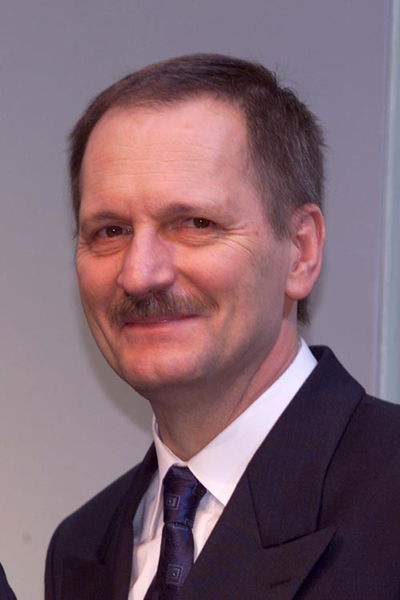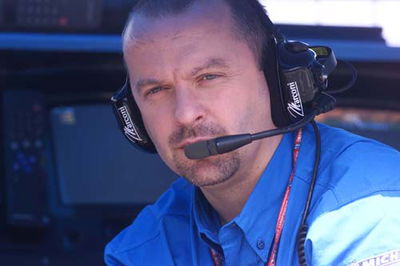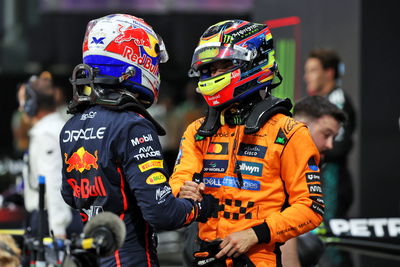Q&A: Jean-Jacques His.
Renault F1 engine guru Jean-Jacques His fields questions on the operational structure of the team, as well as the particularities of Formula 1 engine design.
Q:
The set-up at Viry is similar to the one at Enstone. Were you the model for the British entity?

Renault F1 engine guru Jean-Jacques His fields questions on the operational structure of the team, as well as the particularities of Formula 1 engine design.
Q:
The set-up at Viry is similar to the one at Enstone. Were you the model for the British entity?
Jean-Jacques His:
Yes and no. Let's just say that right from our first contacts, we had to make Enstone understand that we needed to plan very far ahead to design an engine suitable for the chassis. They were not really used to such timescales, but they soon realized that was the way they had to go. Then they adopted a system that suited them to achieve that.
Q:
So in the end is that system comparable to the one used at Viry?
JJH:
Yes, we have a symmetrical set-up. Each chief designer at Enstone has an opposite number at Viry. The only difference is that as it takes longer to design a V10 than it does a chassis, we have a third team to plan ahead for the medium and long term. Enstone is expected to have that soon as well.
Q:
Why does it take longer to design a V10?
JJH:
The process of developing the engine and ensuring its reliability takes more time, especially with the original design we have decided to use. Moreover, you can't produce an engine just by clicking your fingers: it takes several weeks to machine a crankshaft, for instance. And all the foundry parts require a very long manufacturing cycle. That's why we have already started to design the foundry equipment that will be used to make the RS23 engine planned for 2003.
Q:
What are the advantages of Viry and Enstone having symmetrical systems?
JJH:
There are many advantages. We can spend more time defining the initial concept. That's essential, because the design of our engine can only work if it is perfectly integrated with the chassis. The R202 only had some of the benefits of the system, but its successor will be the first car produced entirely by the new set-up. Ideas have now started to flow between the two Renault F1 entities.
Q:
Can you give us an example?
JJH:
Some weeks ago we talked about how to improve the performance of the system composed of the cylinder head (Viry) / and cooling system (Enstone) for the 2003 car. As a result, we significantly altered the position of the cylinder head for greater efficiency. Interaction like that can only take place as part of an overall plan like the one brought into operation by Renault.











